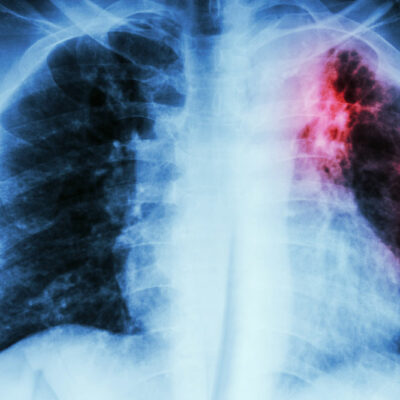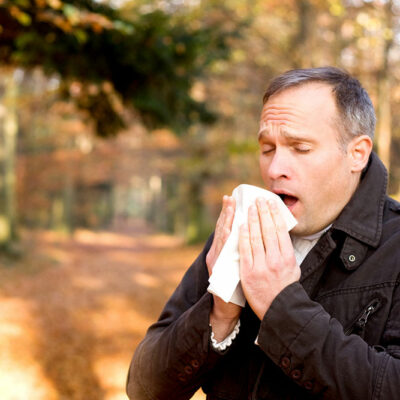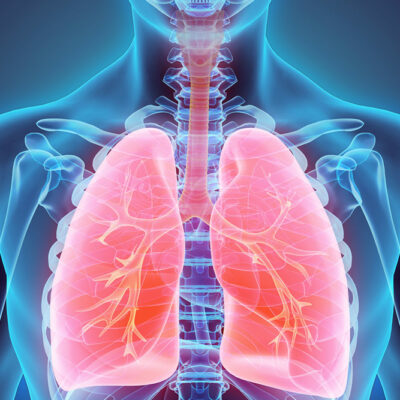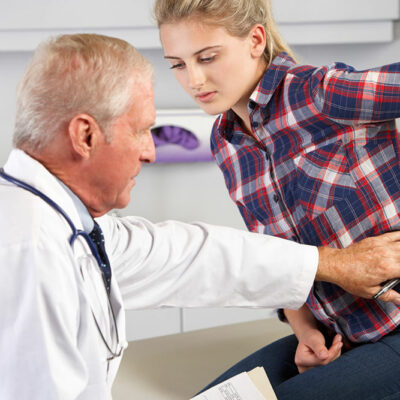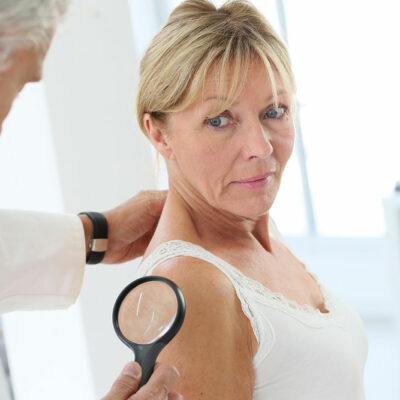
Signs & Symptoms
All You Need to Know about Irritable Bowel Syndrome
While irritable bowel syndrome (IBS) does not necessarily lead to other illness related to the colon, it does stay with a patient for a long time and requires a modification of lifestyle. Gastroenterologists and primary-care providers found that 28% and 12% of total patient visits were for symptoms relating to irritable bowel syndrome, though most patients try to avoid treatment for it. There are both indirect and direct costs related to irritable bowel syndrome due to leaves from work as well as the cost of hospital visits. The quality of the patient’s life gets severely compromised, and the disease needs medical intervention for complete resolution. What are the symptoms of irritable bowel syndrome? When one has irritable bowel syndrome, they may exhibit symptoms like diarrhea, constipation, or a combination of both. A patient may also have pain or cramps in the belly due to this condition. One may feel this pain mostly in the lower part of the belly, and it will intensify after meals. The patient often feels bloated and may get some relief with bowel movements. The belly protrudes, and the stools are either hard or soft. The symptoms get worse due to stress. Some patients also have problems with urination and sexual performance.


